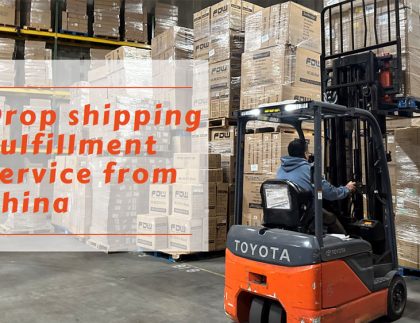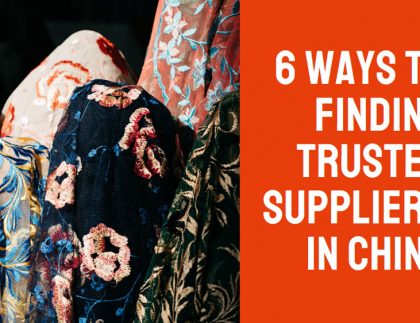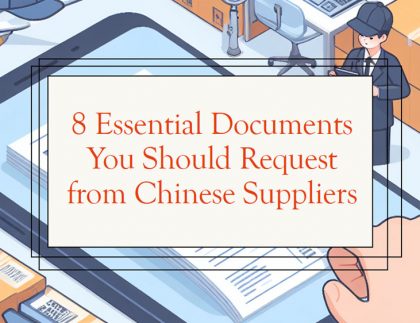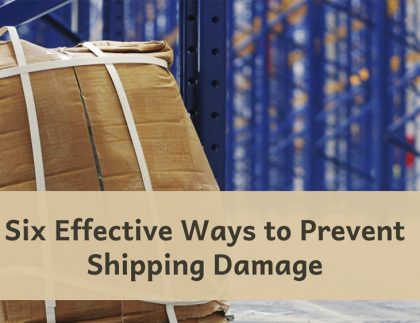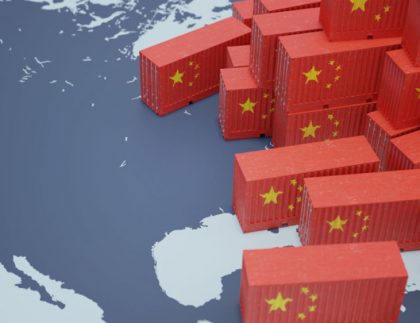What Are Taxes, Duties, and Tariffs and How to Estimate Import Costs
Understand the differences between tariffs, duties and taxes. Follow these steps for easier international shipping

If you are involved in international trade, you might have encountered the terms taxes, duties, and tariffs. But what exactly are they and how do they affect your import costs? In this blog post, we will explain what taxes, duties, and tariffs are, how they are calculated, and how to estimate your import costs.
Table of Contents
What Are Taxes?
Taxes are compulsory payments that are imposed by the government on individuals or businesses for various purposes, such as public services, infrastructure, social welfare, etc. Taxes can be levied on different types of income, transactions, property, or goods. Taxes can vary depending on the country, region, or jurisdiction.
Some examples of taxes that are related to international trade are:
- Value-added tax (VAT): A tax added to the value of goods or services at each production or distribution stage, typically a percentage of the final price, varying by location and product type.
- Sales tax: A tax added to goods or services at the point of sale, often a percentage of the total price, varying by country, state, or product category.
- Income tax: Levied on individuals’ or businesses’ income or profits, usually a percentage of taxable income, varying by location and income level.
What Are Duties?
Duties are customs fees that are imposed by the government on imported or exported goods. Duties are usually charged to protect domestic industries, regulate trade, raise revenue, or enforce policies. Duties can be levied on different types of goods, such as agricultural products, industrial products, consumer products, etc. Duties can vary depending on the country of origin, destination, quantity, value, or classification of the goods.
Ad valorem duty
This duty depends on goods’ value and is usually a percentage of their customs value, varying by origin, destination, or product type.
Specific duty
Based on goods’ quantity or weight, it’s typically a fixed amount per unit or kilogram, subject to variations by origin, destination, or product category.
Compound duty
Combining ad valorem and specific duty, it’s often a percentage of customs value plus a fixed amount per unit or kilogram, with differences based on origin, destination, or product category.
What Are Tariffs?
Tariffs are taxes or duties that are imposed by the government on imported goods. Tariffs are usually charged to protect domestic industries from foreign competition, raise revenue, or enforce policies.
Some examples of tariffs that are related to international trade are:
Most-favored-nation (MFN) tariff
This is a tariff that is applied to all countries that have normal trade relations with the importing country. MFN tariff is usually the lowest tariff rate that is offered by the importing country.
Preferential tariff
It is a tariff rate that a country applies to its imports from another country, treating that country as its most favored trading partner. In other words, it’s the standard tariff rate that a country offers to all its trading partners without discrimination. This concept promotes fair and non-discriminatory trade practices, as it ensures that no trading partner receives more favorable treatment in terms of tariffs than any other.
Anti-dumping tariff
An anti-dumping tariff is a tax imposed by a government on imported goods that it believes are being sold at an unfairly low price due to subsidies or other forms of government support from the country where they were produced. The purpose of an anti-dumping tariff is to protect domestic industries from competition that is deemed to be unfair, and to prevent the dumping of products at prices below their normal value.
Anti-dumping measures can take various forms, including tariffs, quotas, and restrictions on imports. They are often used in conjunction with other trade remedies such as countervailing duties and safeguards.
Countervailing tariff
A countervailing tariff is a type of protectionist measure implemented by one country against another when it feels that its exports are being harmed by the use of export subsidies or other forms of government assistance provided by the second country. This measure involves imposing a duty on certain imports from the target country in order to offset the perceived negative effects of those subsidies.
The goal of a countervailing tariff is to level the playing field between domestic producers and foreign competitors who receive unfair advantages through government support. It is considered a form of retaliation under World Trade Organization (WTO) rules, but it must meet certain criteria in order to be considered legal. These criteria include demonstrating that the subsidized imports are causing injury to the domestic industry and that there are no alternative means of addressing the issue.
How To Estimate Import Costs
Import costs are the total amount of money that you have to pay for importing goods from another country. Import costs can include various fees and charges, such as taxes, duties, tariffs, freight, insurance, brokerage, storage, etc. Import costs can vary depending on various factors, such as the country of origin, destination, quantity, value, classification, mode of transportation, etc.
To estimate your import costs, you can follow these steps:
● Find the customs value of your goods, which determines taxes, duties, and tariffs. You can use methods like transaction value, similar goods value, etc., with your invoice or market price as a reference.
● Determine the relevant taxes, duties, and tariffs, using the Harmonized System (HS) code for your goods. This standardized system categorizes items by type, material, function, etc. Online tools like the World Customs Organization or World Trade Organization can help you find the HS code and associated costs.
● Calculate the applicable freight and insurance expenses for your goods. These costs depend on factors like transportation mode, distance, weight, volume, value, and coverage level. Consider consulting a logistics expert for accurate estimates.
● Account for brokerage and other fees, such as documentation, inspection, storage, etc., which you’ll pay to customs brokers and other parties. These fees vary based on your goods’ complexity, quantity, value, classification, and service level. Tools like Flexport or Easyship can assist in determining these costs.
Add up all the costs that you have determined in the previous steps. This is the total amount of money that you have to pay for importing your goods.
How DIDADI Logistics Tech Helps With Duties And Taxes
As a Third-party logistics (3PL) provider, DIDADI Logistics Tech can assist businesses in effectively managing duties and taxes in international shipping and supply chain operations through expertise in customs compliance, tariff classification, valuation assistance, duty drawback programs, tax optimization strategies, documentation and record keeping, brokerage services, technology solutions, risk management, and market-specific knowledge. This partnership can lead to cost reduction, compliance assurance, and enhanced smoothness of cross-border trade operations.
Previous Post: What Is A Courier and How Can It Help Your Business?
Start your ship now!
- Improve your cross-border shipping
- Decrease expenses
- Accelerate deliveries
